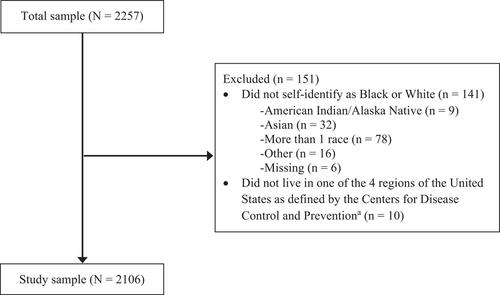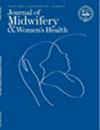Implicit and Explicit Weight Bias among Midwives: Variations Across Demographic Characteristics
Abstract
Introduction
Weight bias toward individuals with higher body weights is present in health care settings. However, there has been limited quantitative exploration into weight bias among perinatal care providers and its potential variations based on demographic characteristics. The aim of this study was to examine if the direction and extent of weight bias among midwives certified by the American Midwifery Certification Board (AMCB) varied across age, years since certification, body mass index (BMI), race, ethnicity, and US geographic region.
Methods
Through direct email listservs, postcard distribution, social media accounts, and professional networks, midwives were invited to complete an online survey of their implicit weight bias (using the Implicit Association Test) and their explicit weight bias using the Anti-Fat Attitudes Questionnaire (AFA), Fat Phobia Scale (FPS), and Preference for Thin People (PTP) measure.
Results
A total of 2106 midwives who identified as Black or White and resided in one of 4 US geographic regions participated in the survey. Midwives with a lower BMI expressed higher levels of implicit (P <.01) and explicit (P ≤.01) weight bias across all 4 measures except for the AFA Fear of Fat Subscale. Implicit weight bias levels also varied by age (P <.001) and years since certification (P <.001), with lower levels among younger midwives (vs older) and those with fewer years (vs more) since certification. Only age and BMI remained significant (P <.001) after adjusting for other demographic characteristics. Lower explicit weight bias levels were found among midwives who identified as Black (vs White) on 2 measures (FPS: adjusted β = −0.07, P = .004; PTP: P = .01).
Discussion
This was the first quantitative study of how weight bias varies across demographic characteristics among a national sample of midwives. Further exploration is needed in more diverse samples. In addition, research to determine whether weight bias influences clinical decision-making and quality of care is warranted.


 求助内容:
求助内容: 应助结果提醒方式:
应助结果提醒方式:


